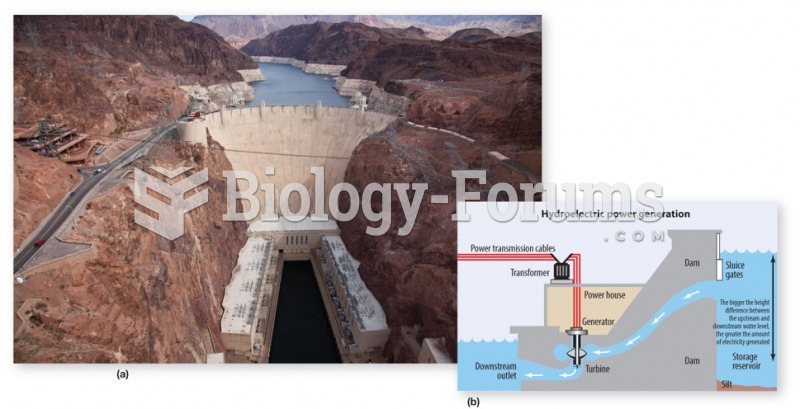This topic contains a solution. Click here to go to the answer
|
|
|
Did you know?
Your skin wrinkles if you stay in the bathtub a long time because the outermost layer of skin (which consists of dead keratin) swells when it absorbs water. It is tightly attached to the skin below it, so it compensates for the increased area by wrinkling. This happens to the hands and feet because they have the thickest layer of dead keratin cells.
Did you know?
The FDA recognizes 118 routes of administration.
Did you know?
There are more sensory neurons in the tongue than in any other part of the body.
Did you know?
Everyone has one nostril that is larger than the other.
Did you know?
In most climates, 8 to 10 glasses of water per day is recommended for adults. The best indicator for adequate fluid intake is frequent, clear urination.







